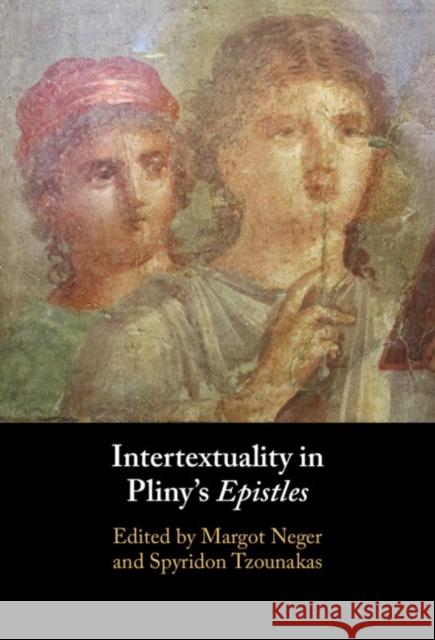Intertextuality in Pliny's Epistles » książka
topmenu
Intertextuality in Pliny's Epistles
ISBN-13: 9781009294768 / Twarda / 2023 / 348 str.
Intertextuality in Pliny's Epistles
ISBN-13: 9781009294768 / Twarda / 2023 / 348 str.
cena 398,29 zł
(netto: 379,32 VAT: 5%)
Najniższa cena z 30 dni: 395,07 zł
(netto: 379,32 VAT: 5%)
Najniższa cena z 30 dni: 395,07 zł
Termin realizacji zamówienia:
ok. 22 dni roboczych
Bez gwarancji dostawy przed świętami
ok. 22 dni roboczych
Bez gwarancji dostawy przed świętami
Darmowa dostawa!
Focusing on intertextuality, this book investigates Pliny the Younger's engagement with other authors and genres in his Epistles.











